Lesson Overview: In this lesson, students will learn that it is possible to read even if one’s sense of sight is lost. Students will be able to identify Braille and have the opportunity to actually use the Braille alphabet to create written words.
Recommended Grade Level(s): Kindergarten, First, Second
Objective(s): Students will be able to...
- Recognize that reading is possible if the sense of sight is lost.
- Identify Braille as a combination of raised dots that can be felt.
Materials:
- A Picture Book of Louis Braille by David A. Adler
- small index card (1 per child)
- hole punch
- fast-drying glue (Tacky or a Craftbond)
- half sheets of paper (2 per child)
- 1-4 copies of Braille Alphabet Worksheet with dried glue
- 1 copy Braille Alphabet Worksheet (per child)
- 1 copy Seeing by Touching Word List (per pair of students)
*The index cards and hole punch are used to make a “Braille cell”. To make each Braille cell, punch 2 rows of three holes in each index card.
Anticipatory Set:
Begin the lesson by stating the objective. Ask students if they have ever known anyone who is blind or visually impaired. Have they ever seen that person read? Hold a book open and ask students how they think a person could read if they could not see the words. Allow students to make guesses and then introduce A Picture Book of Louis Braille by David A. Adler. Discuss the book as you read it and prompt students' thinking by asking questions. After the reading, tell students they will have a turn reading in Braille. Using the "Braille cell", tell students that all the letters of the Braille alphabet can be written using different combinations of the six dots.
Guided Practice:
Hand out a copy of the "Braille Alphabet" worksheet to each student. Have one copy available that has been prepared with glue for students to feel (to form raised dots, cover each dot with glue, and allow to dry). Trace dots using the Braille cell to reveal a word on the board. Guide students as they determine what the word is using their Braille alphabet. Provide a few more examples so students understand how to use a cell and the Braille alphabet to form words. Remind students that in order for a person who is blind to read the alphabet, it has to be raised/bumpy (like the sample). Have students pair up with their "Science Buddy". Provide a half sheet of blank paper and a cell to each student. Tell students to write their name in big letters across the top of their paper. Tell students to swap papers. They will then use their cell and Braille alphabet to form the dots for each letter in their partner's name. When complete, have students turn their papers over. Have them write their name in big letters across the top. They will then write the dots needed to spell their own name. Students should then compare their work to see if their work read the same.
Independent Practice:
Give students another half sheet of blank paper. Using their cell and the "Word List" worksheet, tell students to write at least three words. Using glue, allow students to fill in the dots for their three words. Once finished, they will switch papers with their buddy to decipher the words using their Braille alphabets.
Closure:
Bring students together. Have the students share with you some things that they learned. Prompt them with questions, as needed. Ask students what the raised alphabet is called that people who are blind use. Ask them why it is important that the alphabet can be felt. What sense is used in reading Braille? What sense is lost for those that need Braille?
Assessment:
Students will be assessed according to their ability to...
- Recognize that reading is possible if the sense of sight is lost.
- Identify Braille as a combination of raised dots that can be felt.

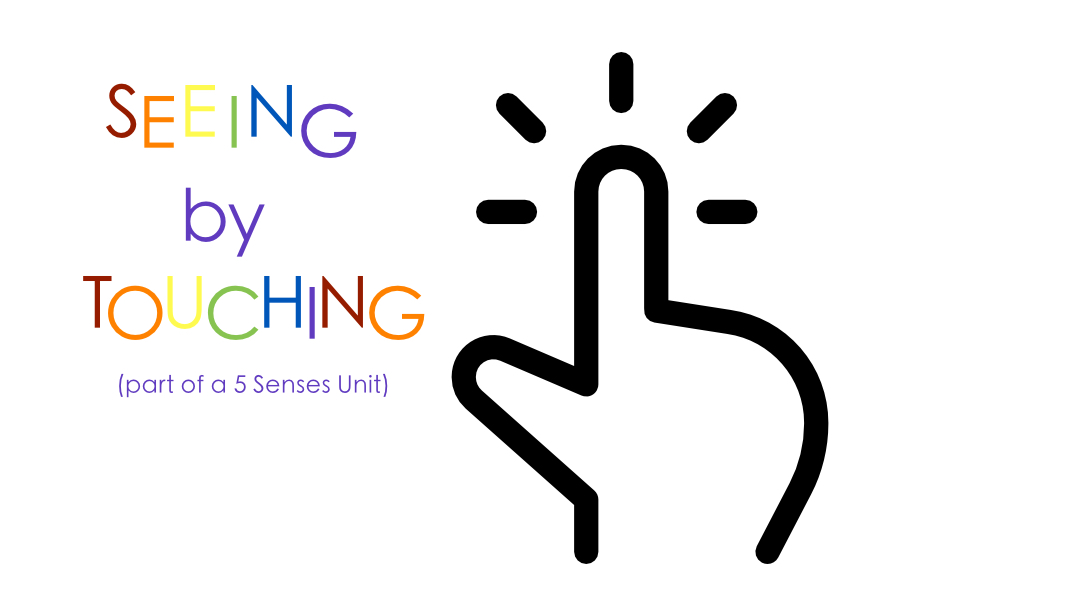

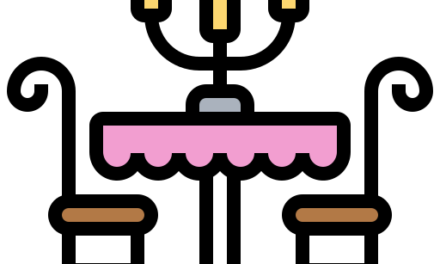
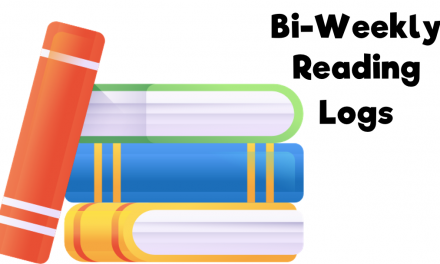
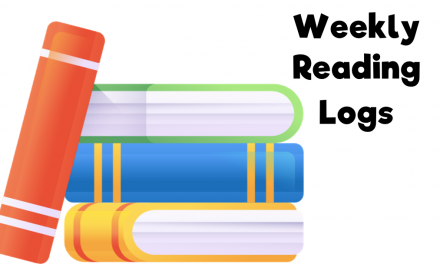
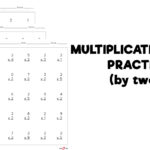
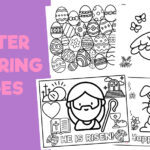
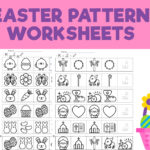
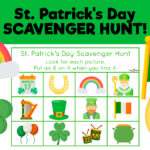
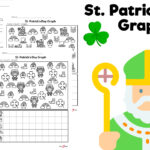
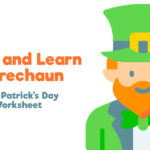
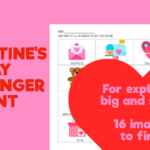

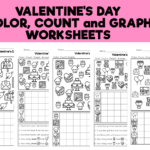
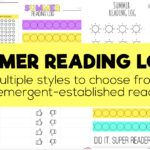
Recent Comments